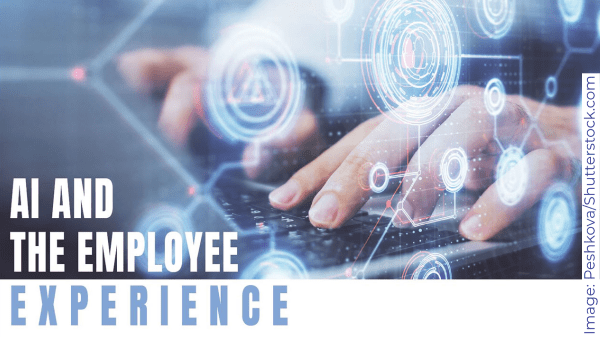Although it has not really yet caught on in the produce industry, the use of artificial intelligence by corporate human resources departments is on the rise.
Such programs help identify employees most likely to leave their positions, then recommend steps to address their dissatisfaction and keep them at the company.
The use of AI allows companies to synthesize a wide variety of employee data in real time, such as personality assessments, attendance records, annual reviews, chatbot questions, emails, computer keystrokes, and internet browsing, all of which is typically stored for a limited time due to privacy concerns.
The data provides employers with insight into changes in employee sentiment based on behavior, discussions, reduced engagement, or other factors.
The AI platform can also flag situations HR staff should address.
Together, the employee and HR manager can then develop a plan, integrating recommendations from the AI platform. The result could be more training, a rethinking of tasks, a new position, better work-life balance, or other solutions to improve job satisfaction.
One of the challenges of using AI in an HR setting is selecting the right data and interpreting it accurately.
Security and privacy are significant concerns, with 71 percent of respondents in Oracle’s 2019 AI@Work Study saying privacy concerns keep them from using AI in the workplace at all.
In addition, the cost can be prohibitive. In a 2017 survey from the Human Resources Professionals Association, 10 percent of respondents whose companies are not using or considering AI in an HR function cited budget restrictions as the primary reason.
Companies such as IBM with its Predictive Attrition Program, Kronos with AIMEE, Peakon, GHD Digital, and others have developed AI solutions to predict attrition, among other measures of employee engagement.
According to IBM, it’s AI program, based on the Watson AI platform, can forecast which employees are ready to leave with 95 percent accuracy, leading to potentially millions in attrition cost savings.
This is a multi-part feature adapted from a story in the September/October issue of Produce Blueprints magazine.



